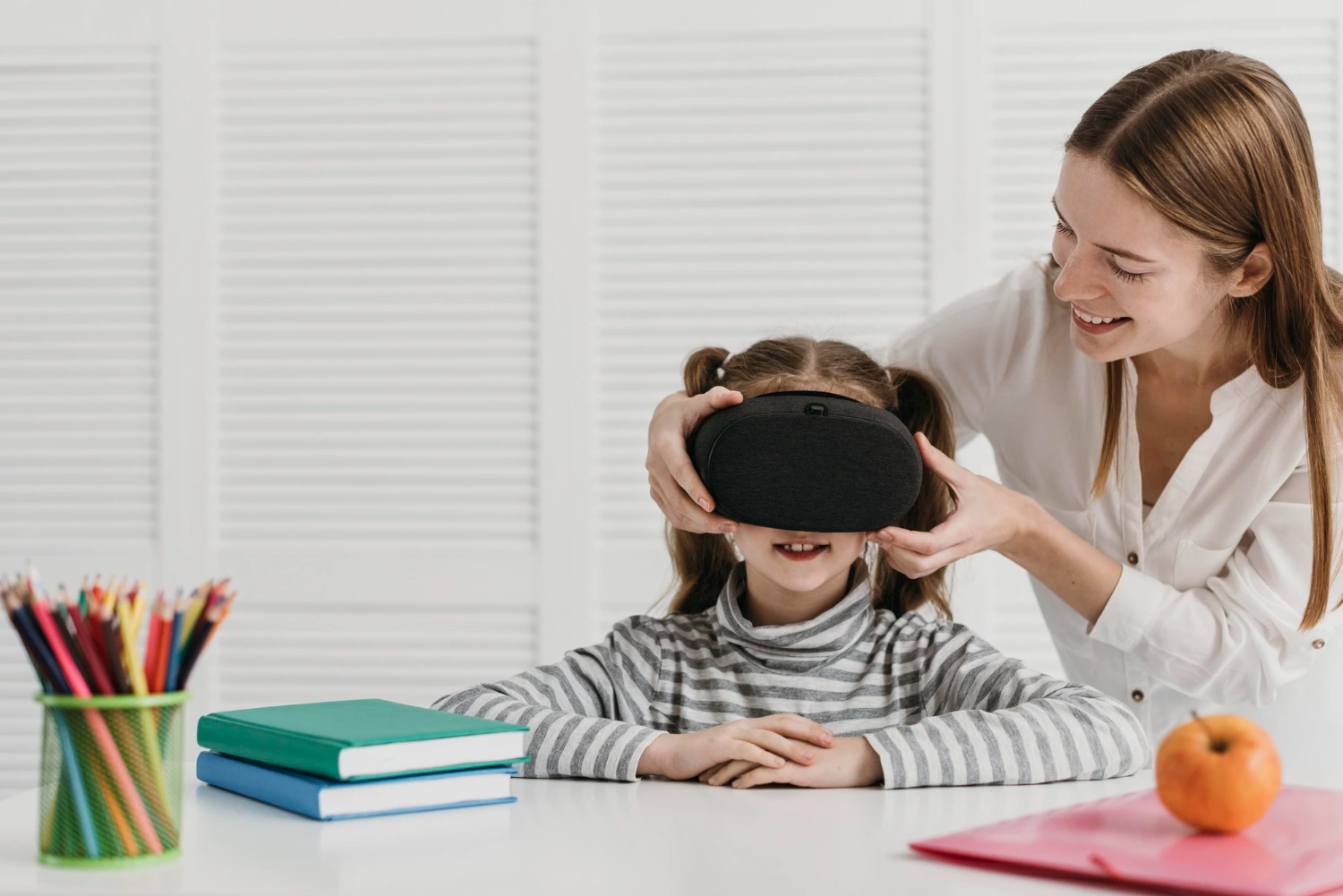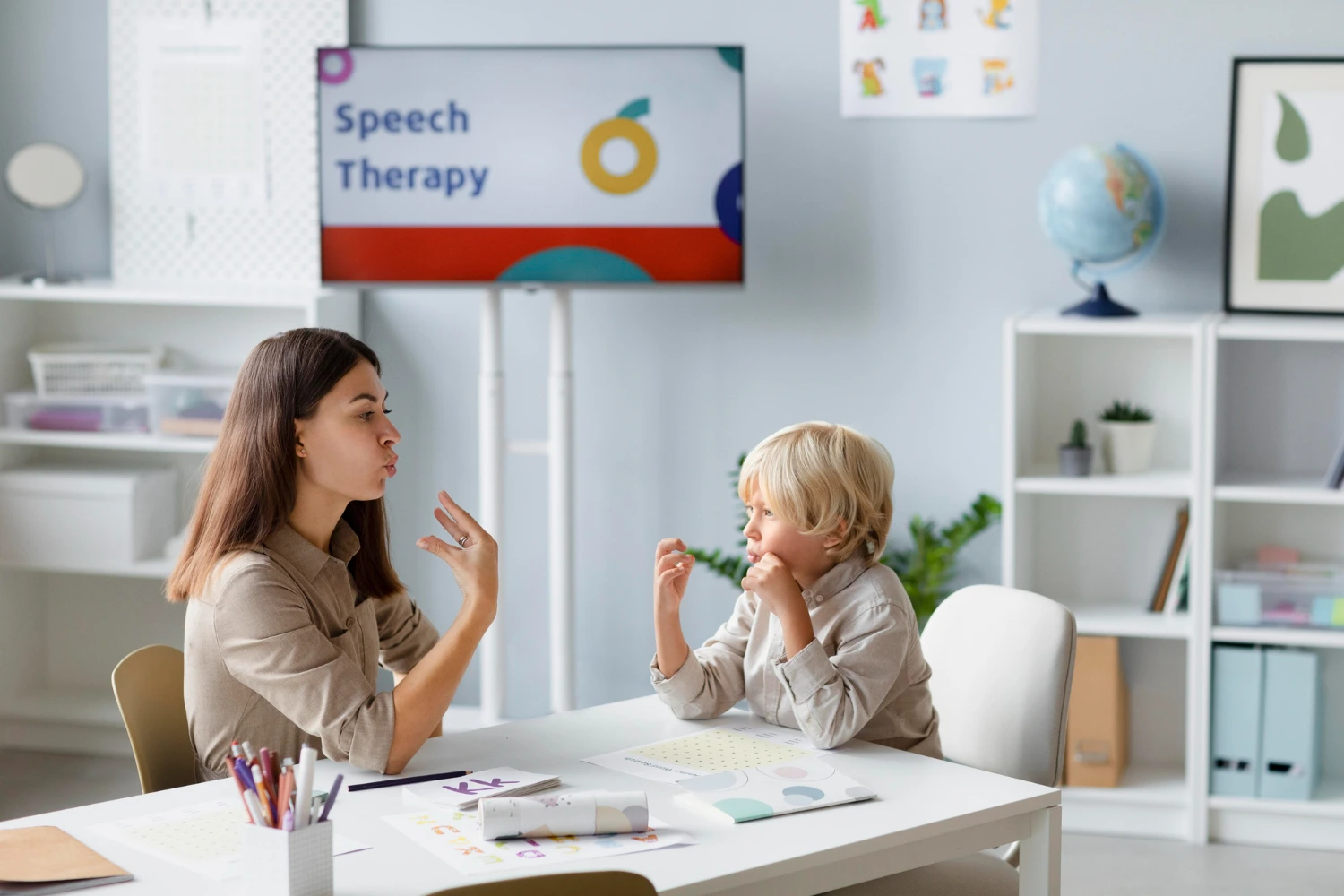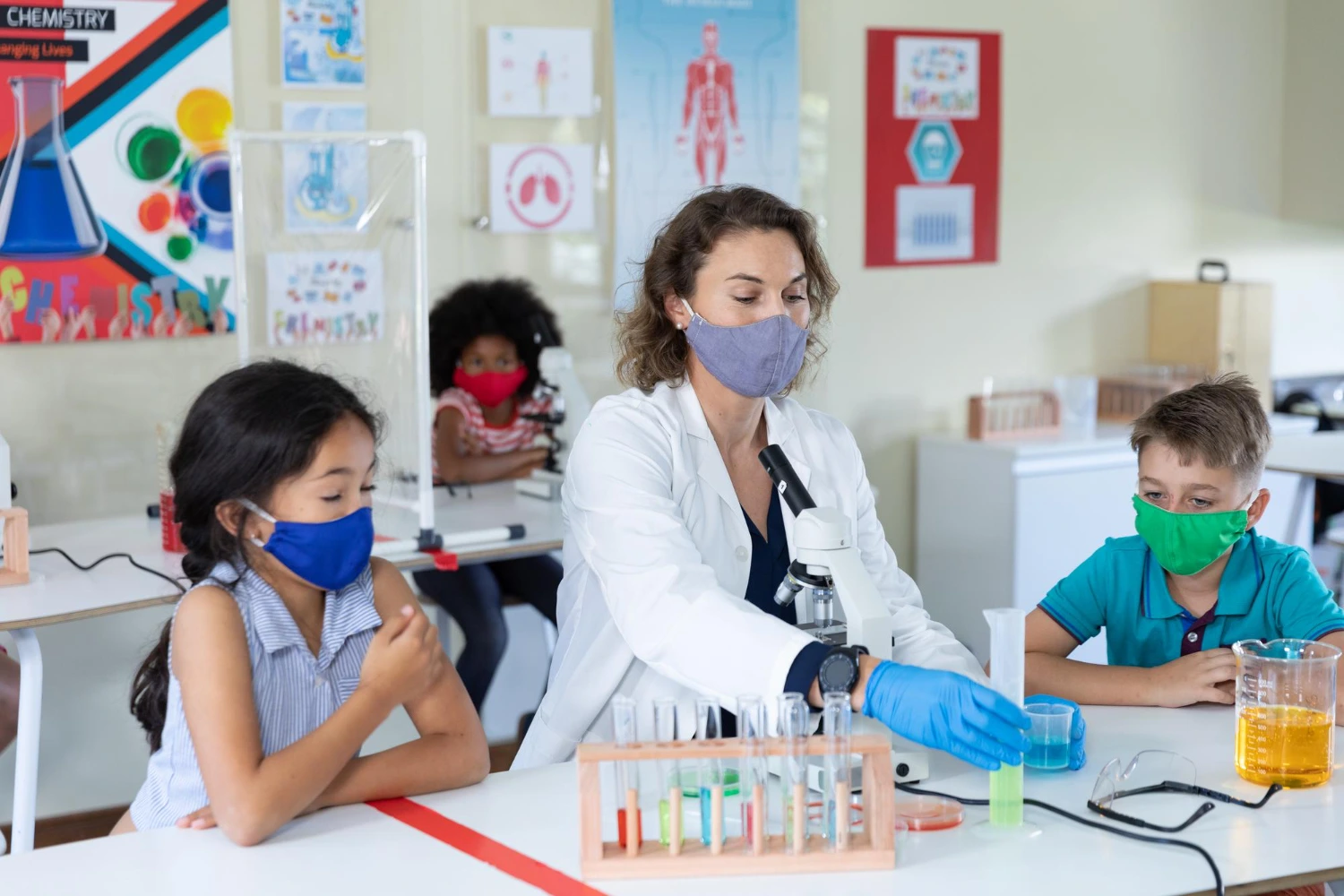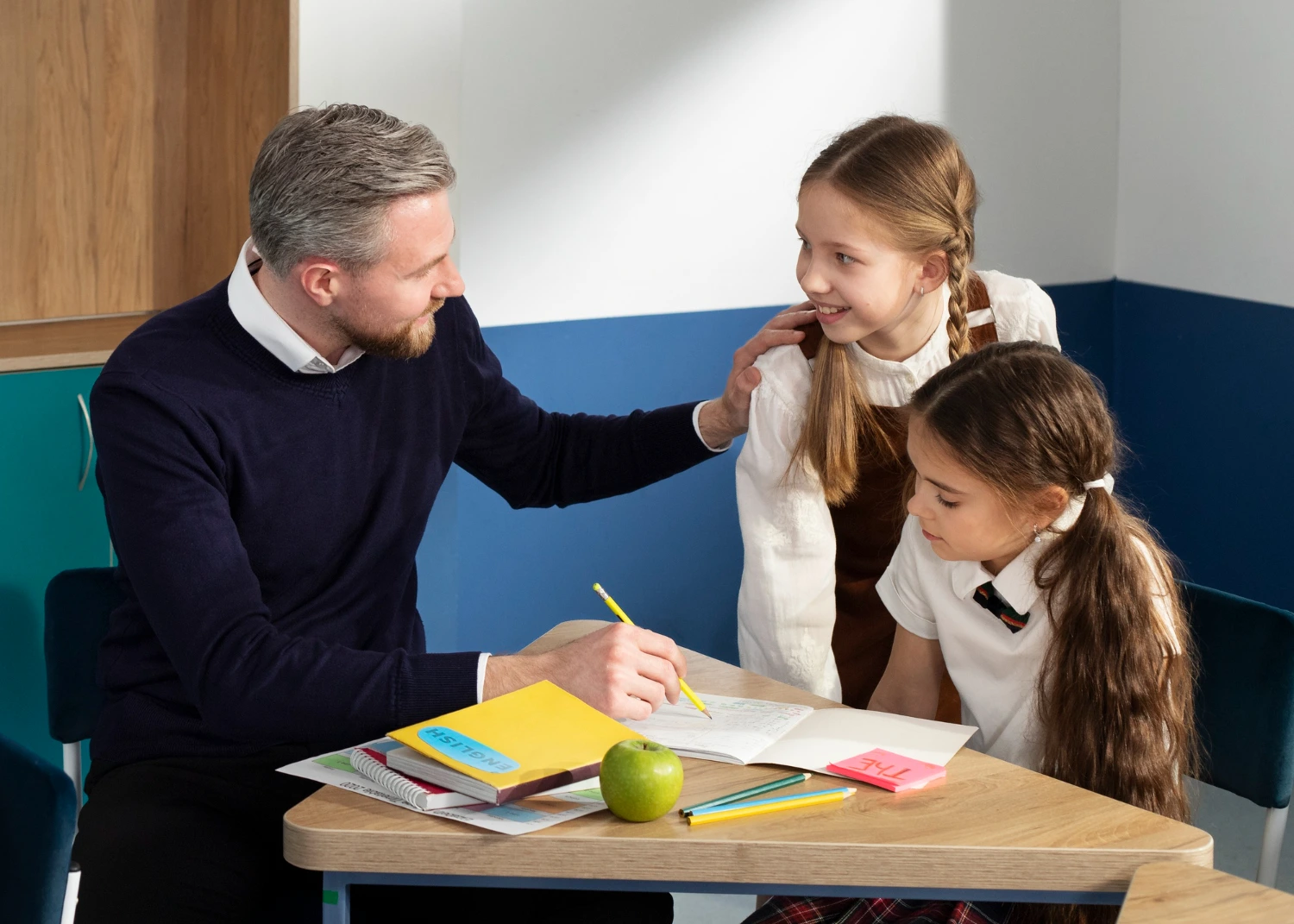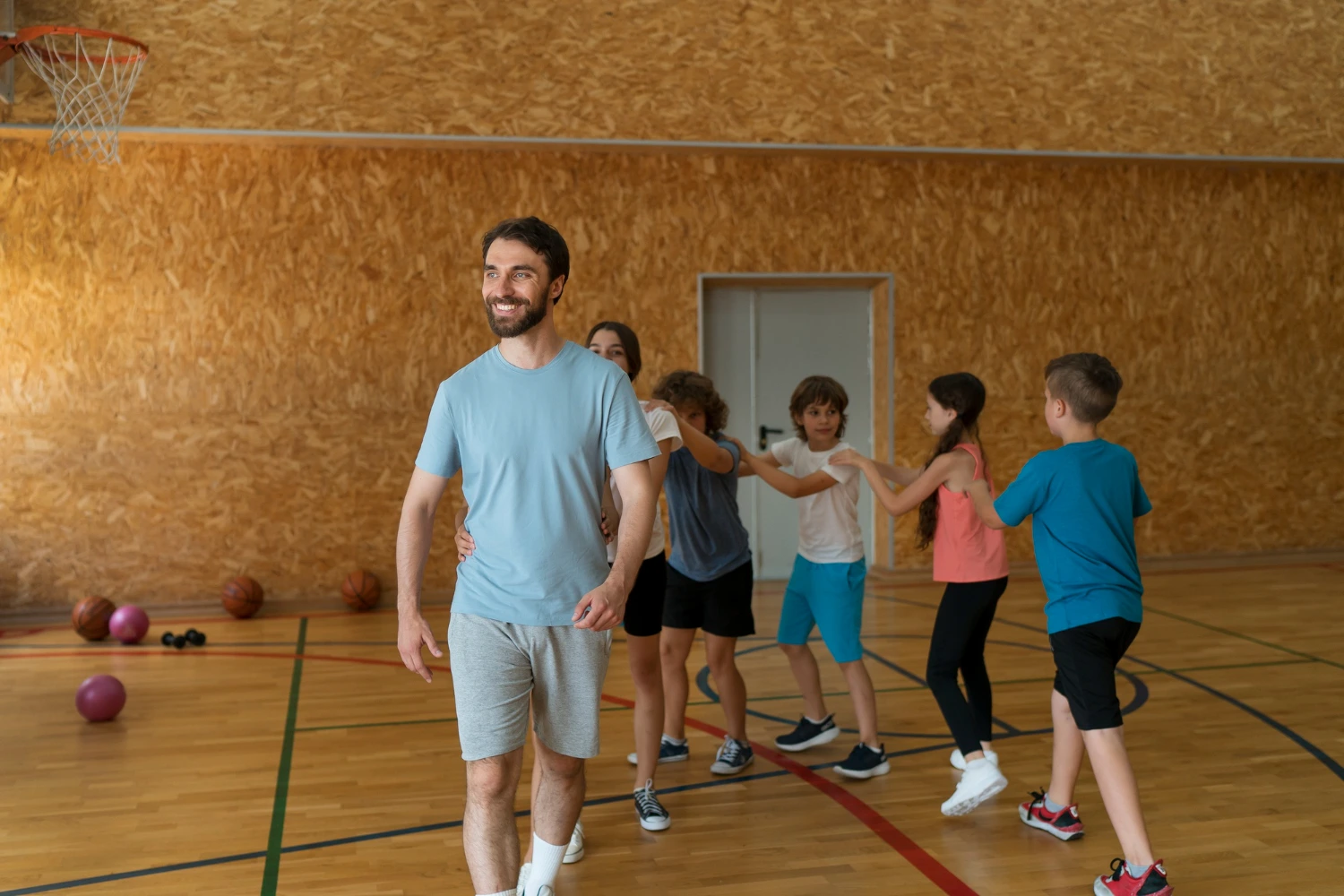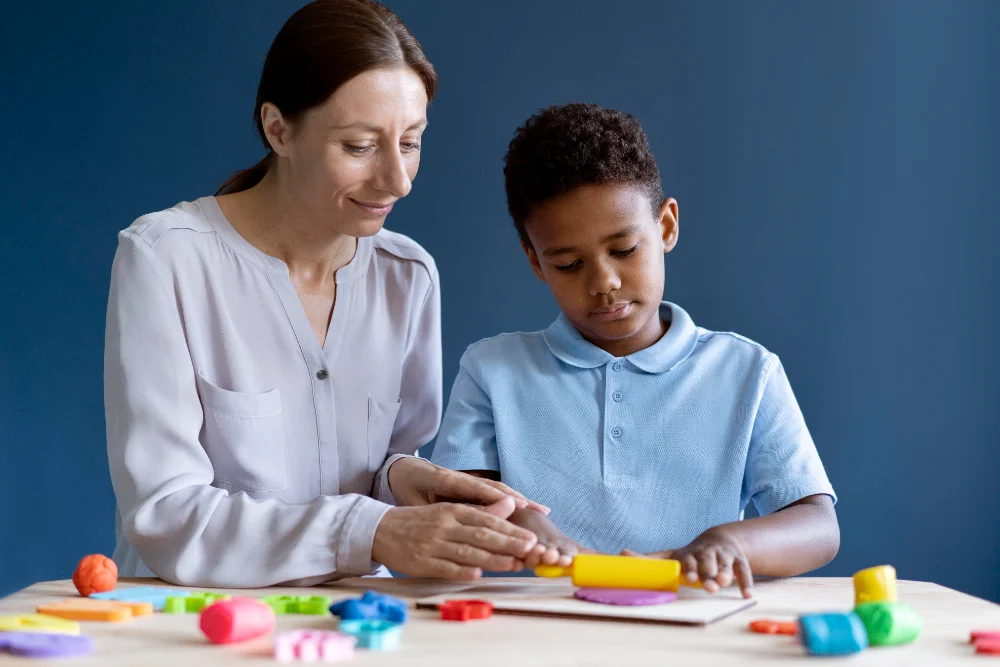
Choose Your Category
Opening Doors to Inclusive Careers: Explore a Spectrum of Job Categories Tailored for Every Special Individual's Potential
Recent Job Listing
From Education to Technology, Healthcare to Creative Arts, Find Meaningful Opportunities.

Every Special Child
Every Special Child (ESC) is a growing organization connecting schools with professionals in the field of education. We are dedicated to delivering excellence with unwavering expectations for each student’s achievement and success. Our team of devoted professionals wholeheartedly ensures the highest quality of services, fostering and upholding strong relationships with schools and professionals.
Each member of our team is thoroughly qualified, certified, and possesses extensive experience, collaborating closely with schools and qualified/certified school professionals.
Our Testimonials
Blogs & News
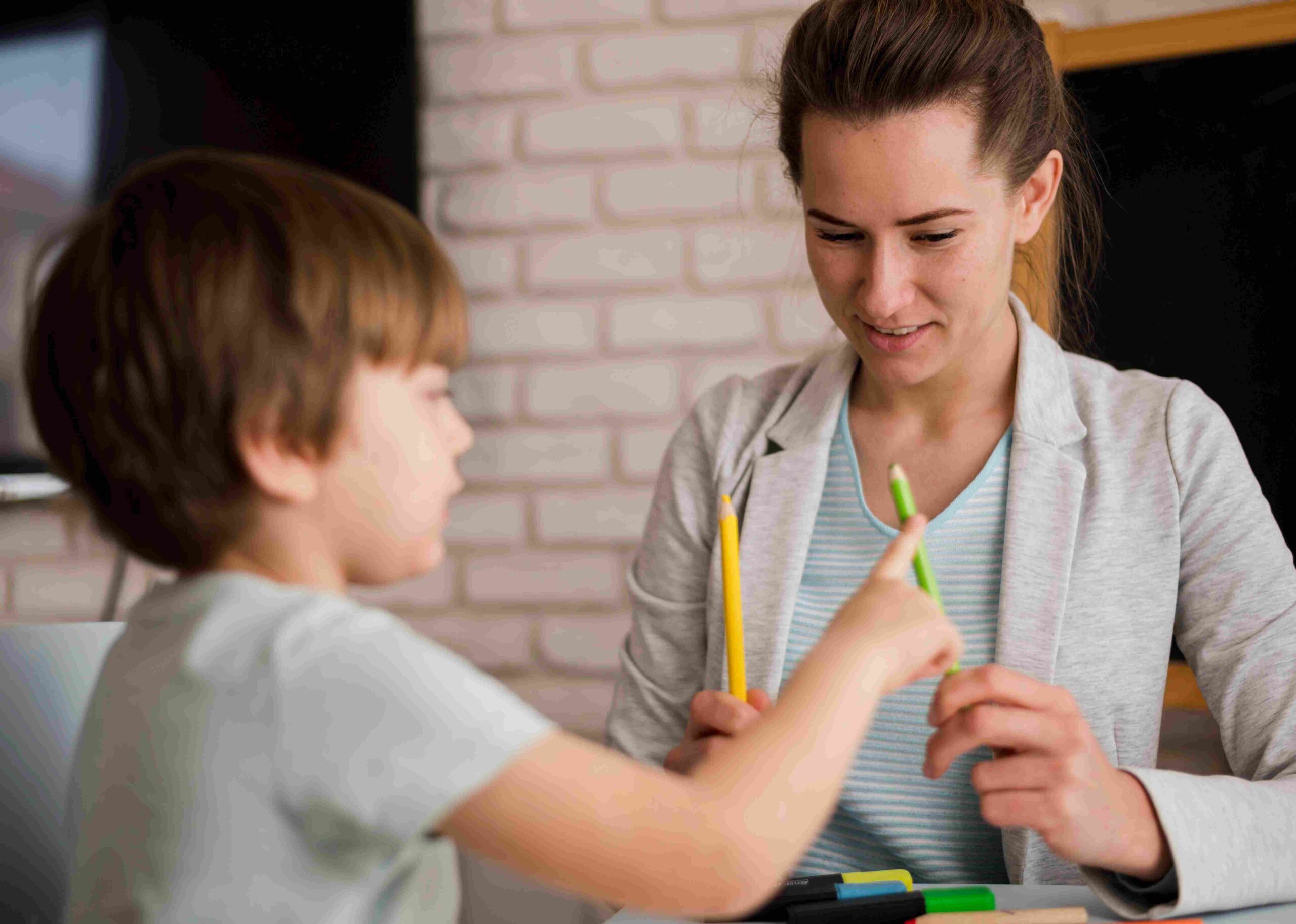
How AI and Technology Are Changing the Role of School Occupational Therapists
The world of education is evolving rapidly, and with it, the responsibilities and tools used by school occupational therapists (OTs). Traditionally, school OTs have supported students with physical, cognitive, sensory, or emotional challenges, helping them participate effectively in classroom activities. However, the introduction of artificial intelligence (AI), virtual platforms, and assistive technologies is reshaping how these professionals work, creating new opportunities for both students and therapists. This article explores how AI and technology are revolutionizing school occupational therapy, making interventions more efficient, personalized, and accessible than ever before. The Rise of Assistive Technology in Schools Assistive technology has long been a part of occupational therapy, particularly in helping students with motor difficulties, communication barriers, or learning disabilities. Tools like adapted keyboards, voice-to-text software, and sensory integration devices have empowered students to engage with their educational environments more fully. Today, these tools are becoming smarter and more intuitive. AI-powered apps can analyze handwriting in real-time and provide instant feedback to both the student and the therapist. Speech recognition software has improved significantly, making it easier for students with limited mobility or speech delays to communicate in classroom settings. Moreover, wearable technology, such as smartwatches and motion sensors, is being used to monitor a student’s physical activity, posture, or stress levels throughout the school day. This data can help OTs adjust treatment plans and offer timely interventions, especially for children with autism, ADHD, or sensory processing disorders. AI-Powered Assessments and Progress Tracking One of the most time-consuming parts of a school OT’s job is conducting assessments and tracking student progress. Thanks to AI, this process is becoming faster and more accurate. For instance, AI-based platforms can now evaluate fine motor skills, coordination, and attention span through interactive games or digital tasks. These systems collect data and automatically generate reports, allowing therapists to focus more on planning and implementing effective strategies. Furthermore, AI can identify patterns in behavior and performance that may not be immediately visible to a human observer. This predictive capability allows school OTs to proactively address potential challenges before they impact a student’s academic performance. Progress tracking has also improved with cloud-based platforms that allow for real-time data entry and analysis. Teachers, therapists, and parents can collaborate more effectively by accessing updated information from any location, ensuring continuity of care and timely modifications to intervention plans. Virtual Therapy and Telehealth The COVID-19 pandemic accelerated the adoption of teletherapy, and school OTs have increasingly embraced virtual platforms to provide support. Telehealth is especially beneficial in rural or underserved areas where access to specialized therapists may be limited. Using video conferencing tools, therapists can guide students through exercises, observe their behavior in a home or classroom setting, and consult with teachers and parents. Combined with AI features like gesture recognition or activity tracking, virtual therapy sessions are becoming more engaging and productive. Moreover, virtual reality (VR) and augmented reality (AR) are being introduced in occupational therapy to simulate real-life scenarios where students can practice motor skills, social interactions, and self-care tasks. These immersive tools provide a safe, controlled environment that enhances learning and engagement. Enhancing Individualized Education Plans (IEPs) AI and data analytics are also transforming how Individualized Education Plans (IEPs) are developed and implemented. By analyzing large volumes of student data, AI can help school OTs identify the most effective interventions based on similar student profiles. This data-driven approach ensures that each student receives a truly personalized plan, improving outcomes and maximizing the impact of therapy. Additionally, automated reminders and digital logs make it easier for therapists to stay compliant with timelines and documentation requirements, reducing administrative burden. Challenges and Ethical Considerations While AI and technology offer significant benefits, they also come with challenges. Privacy and data security are major concerns, especially when working with minors. Schools and therapists must ensure that digital tools comply with laws like FERPA (Family Educational Rights and Privacy Act) and HIPAA (Health Insurance Portability and Accountability Act). Another concern is the digital divide. Not all students have equal access to technology at home, which can limit the effectiveness of teletherapy or digital interventions. School districts need to address these disparities to ensure that technological advancements benefit all learners. Lastly, while AI can enhance decision-making, it should not replace the empathy, intuition, and personal connection that school OTs bring to their work. Technology should serve as a support—not a substitute—for human-centered care. Conclusion Artificial intelligence and emerging technologies are revolutionizing the role of school occupational therapists. From smart assessment tools and virtual therapy platforms to immersive learning environments and AI-driven IEP planning, these innovations are making therapy more effective, accessible, and personalized. As schools continue to integrate these tools, the demand for tech-savvy occupational therapists will grow. For professionals in the field, staying updated with technological trends is no longer optional—it’s essential. Embracing this digital shift doesn’t just enhance therapy outcomes; it empowers school OTs to better support students on their journey toward independence and academic success. Explore more opportunities and resources related to school occupational therapist jobs on Every Special Child. Stay ahead in your career by understanding how the world of special education is changing with technology.
Published on Jun 26, 2025

A Complete Guide to Special Education Certification: What You Need to Know in 2025
At Every Special Child (ESC), we believe that meaningful change in special education begins with qualified, compassionate professionals. One of the most essential steps to becoming a successful special education teacher or service provider is earning the proper special education certification. Whether you’re beginning your journey or looking to specialize further, this guide will walk you through what certification involves and how to navigate the process in 2025. What is Special Education Certification? Special education certification is a formal credential that qualifies educators to teach and support students with disabilities. This certification ensures that professionals are equipped with the skills, knowledge, and legal understanding necessary to provide individualized instruction and services in compliance with federal and state guidelines — such as the Individuals with Disabilities Education Act (IDEA). 🎓 Who Needs It? Aspiring Special Education Teachers in public or charter schools Current Educators transitioning into SPED roles Paraprofessionals or Aides seeking to become certified teachers Speech and Language Pathologists or Occupational Therapists looking to work in school settings may need additional credentials depending on the state 🧩 What Does Certification Typically Require? While requirements vary by state, most special education certification programs include: ✅ A Bachelor’s Degree in Education or a related field✅ Completion of a state-approved teacher preparation program✅ Coursework focused on instructional methods for diverse learners, behavior management, and IEP development✅ Student teaching or internship in a special education setting✅ Passing relevant exams (e.g., Praxis or state-specific licensure tests)✅ Background checks and fingerprinting For those with an existing teaching license, an add-on endorsement in special education is often available through graduate programs or alternative certification paths. 🌍 Online & Alternative Certification Options (2025 Trends) In 2025, many professionals are turning to online special education certification programs to balance work, life, and learning. These programs offer flexibility and are ideal for paraprofessionals or career-changers. Additionally, several states and districts offer alternative route certifications to address SPED teacher shortages — allowing you to work while you earn your credentials. 📈 Benefits of Being Certified in Special Education 📌 Increased job opportunities in both public and private schools 📌 Eligibility for higher pay scales and bonuses in many districts 📌 Ability to advocate effectively for students with disabilities 📌 Enhanced understanding of legal requirements and educational strategies 📌 Stronger foundation for future roles in school leadership or therapy-based careers 🌟 How ESC Supports Future SPED Professionals At Every Special Child, we’re more than a staffing agency — we’re a growth partner. We: Connect certified professionals to meaningful roles in schools, clinics, and communities Offer guidance on certification pathways for aspiring educators Partner with institutions to support continuing education and professional development Create a supportive network for ongoing success and wellness in the field 🚀 Ready to Begin Your Journey? If you’re passionate about helping students with special needs thrive, special education certification is your gateway. Let Every Special Child support your career every step of the way — from certification to placement. 👉 Explore current openings and speak with our team about your path to becoming a certified special educator. #SpecialEducation #TeacherCertification #SPED2025 #InclusiveEducation #EverySpecialChild #SpecialEdCareers #EducationJobs #TeacherPathways #SPEDSupport #FutureEducators
Published on Jun 20, 2025
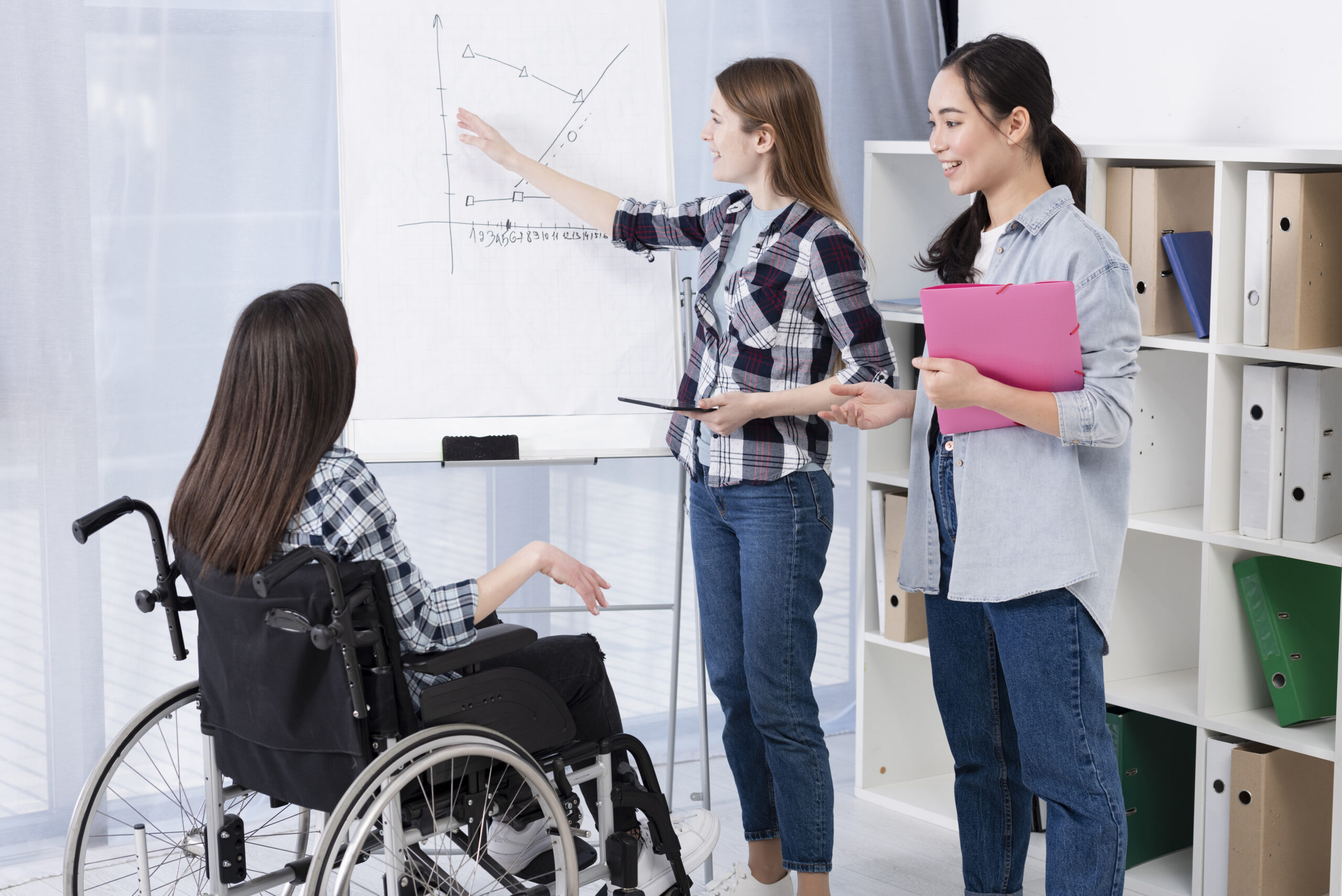
Overcoming Key Challenges in Pursuing a Career in Special Education (SPED) – June 2025 Edition
Pursuing a career in Special Education (SPED) is deeply rewarding — but it also comes with unique challenges that demand resilience, specialized knowledge, and unwavering dedication. As of June 2025, educators entering this field continue to face complex realities that require thoughtful preparation and proactive solutions. Below, we explore the most common hurdles SPED candidates encounter and how they can successfully navigate them. Mastering Special Education Laws and Regulations🛑 Challenge:Understanding legislation such as the Individuals with Disabilities Education Act (IDEA) and Section 504 of the Rehabilitation Act is critical — but often overwhelming due to their complexity. ✅ Solution:Invest time in studying these frameworks through coursework, workshops, and legal briefings. Join professional organizations (like CEC or NASP) to access up-to-date legal resources, and don’t hesitate to seek guidance from mentors and experienced educators. Meeting Academic Rigor and Gaining Specialized Knowledge🛑 Challenge:SPED programs demand in-depth understanding of diverse disabilities, individualized instruction, behavioral interventions, and data-driven assessments — all of which require rigorous academic engagement. ✅ Solution:Commit to active learning: Participate in simulations, case studies, internships, and collaborative group projects. Attend national conferences and subscribe to SPED journals to stay current and deepen your understanding. Balancing Academic Requirements and Practical Experience🛑 Challenge:Juggling coursework with field placements, internships, or student teaching can feel like a constant balancing act. ✅ Solution:Seek programs that integrate hands-on experience within their curriculum. Consider volunteering at local schools, summer camps, or nonprofit organizations that serve students with special needs. Every hour of experience counts toward building your competence and confidence. Coping with the Emotional and Mental Demands🛑 Challenge:Special educators often face emotionally intense situations — from behavioral crises to emotionally taxing parent meetings. Burnout is a real risk. ✅ Solution:Prioritize mental wellness by practicing self-care, setting healthy boundaries, and building a strong support network. Engage in reflective journaling, peer discussion groups, and professional counseling if needed. Remember: caring for yourself enables you to care for others more effectively. Navigating IEP Meetings and Advocating for Students🛑 Challenge:Effectively participating in Individualized Education Program (IEP) meetings and advocating for student needs can be intimidating for new educators. ✅ Solution:Shadow experienced SPED professionals during IEP processes, participate in mock IEP scenarios, and take communication workshops. Develop meaningful partnerships with families and related service providers to strengthen your advocacy voice. Working with Limited Resources and Institutional Support🛑 Challenge:Underfunded schools and staff shortages may restrict access to tools, training, and support systems necessary for effective SPED delivery. ✅ Solution:Get creative: Leverage technology, seek out community grants, collaborate with fellow educators, and use open-access instructional materials. Advocate for policy changes and increased SPED funding within your school or district. Final Thoughts – June 2025The path to becoming a Special Education professional is undoubtedly demanding — but also one of the most impactful journeys in education. By proactively addressing these challenges, SPED candidates can equip themselves with the tools, knowledge, and emotional strength to make a profound difference in the lives of students with special needs. You’re not just entering a profession — you’re answering a calling.
Published on Jun 17, 2025





